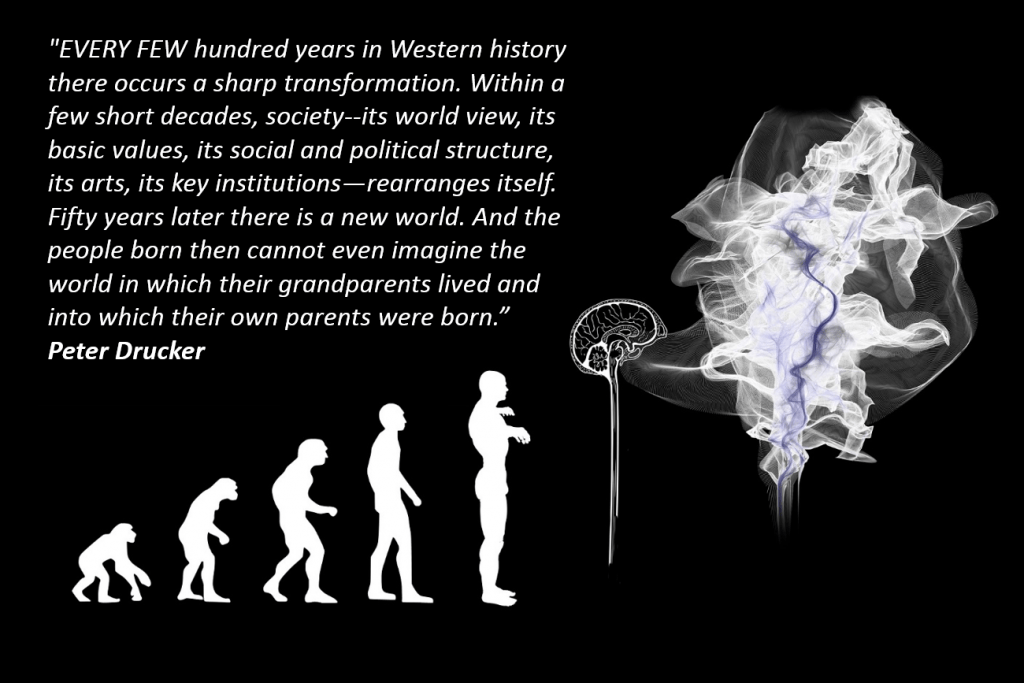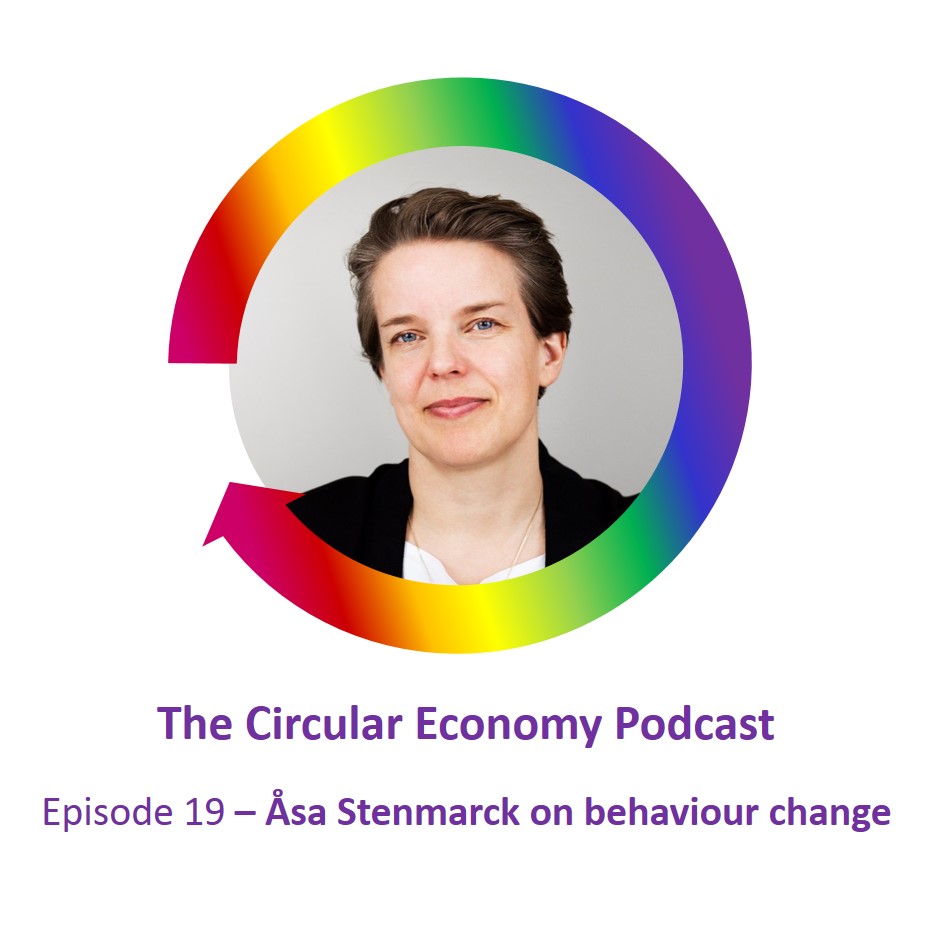Inclusive capitalism | Circular behaviour change | Circularity Gap Widens | Circular Bricks |
“The future is already here, it’s just not evenly distributed.” – William Gibson
Welcome to the latest round-up of what we’ve shared, and what’s inspired us. In this issue:
- Peter’s latest blog, on inclusive capitalism
- Episode 19 of the Circular Economy podcast, with Åsa Stenmarck, of IVL, the Swedish Environmental Research Institute
- What we’ve been reading
- Circular innovations
- Thank you letters
- What’s inspired us
Did you receive this email from someone else? You need your own! Stay in touch for free circular economy insights and updates, direct to your Inbox.
Don’t want to hear from us any more? Just unsubscribe!
Inclusive Capitalism – the basis of a just and fair circular economy?
In the last 25 years, there has been an increasing awareness amongst businesses that all key stakeholders need to be considered in directors’ decision-making. The work of Tomorrow’s Company heavily influenced changes to the Companies Act 2006 which required boards to adopt an enlightened shareholder approach. This approach is now being promoted across the Atlantic by the US Business Roundtable. Perhaps being registered as a B Corp is an approach that firms could adopt towards a more inclusive capitalism with a focus on people and planet as well as profit. Read more..
Episode 19 - Åsa Stenmarck of IVL
We talk to Åsa Stenmarck, of IVL, the Swedish Environmental Research Institute. Åsa works on projects that aim to create a circular economy and support more sustainable consumption (including reducing consumption overall, sharing, waste minimization, recycling and more). Åsa is particularly interested in plastics and food.
We discuss return systems for food containers, food waste, behaviour change, ‘weasel words’, and how people expect both governments and companies to make ‘good choices’ easy for us. Listen to the episode and read the show-notes here.
Find the podcast series on iTunes, Google Podcasts, PlayerFM, Spotify, TuneIn, or search for “circular economy” in your favourite podcast app.
PS We’d love it if you could post a review, and help other people find us!
What we've been reading
Circle Economy published its latest Circularity Gap Report (CGR) in time for Davos. The report website has a series of graphics that explaining that we must get to, and stay inside, the ‘safe and just space for humanity, where both people and the earth can thrive.’ This concept comes from Kate Raworth’s Doughnut Economics framework (we are big fans of Kate’s work). The CGR graphics go on to show countries with different sized dots, explaining that ‘the bigger its size, the higher the ecological footprint for the average citizen, or how much of Earth’s resources it takes to support their lifestyle.’
These country dots have colours to signify their scores on the United Nations Human Development Index. Countries are split into three groups: Build, Grow and Shift, each with different suggested strategies:
“Build” countries have a low material footprint per capita, but are struggling to meet all basic needs, especially for HDI indicators such as education and healthcare. Their economic focus is on extraction and sale of raw materials [eg minerals or cash crops], and they lack investment in education and skills.
Most “Grow” countries have started on the path to economic growth and industrialisation, and are seeing rising standards of living and population increase. Resource usage is increasing due to rapid economic growth, linked to material consumption, infrastructure and expanding industries that are also exporting to Shift countries.
“Shift” countries may have moved towards being ‘service economies, but their material consumption is 10 times greater than that of the Build countries. They produce high volumes of waste, and manage some of this themselves. Their levels of consumption exceed several planetary boundaries, and because they import goods, much of their environmental and social costs are ‘offshored’.
The first ‘Gap’ report, in 2018, analysed global resource stocks and flows, to announce that ‘Our world economy is only 9.1% circular, leaving a massive ‘Circularity Gap’. Now, we are wasting more and recycling less, meaning our world economy is now 8.6% circular. Download the full report here.
Thank you letters
- To Feedspot for selecting the Rethink Global blog as one of the Top 20 Circular Economy Blogs on the web.
- To Christiana Figueres and the team at Global Optimism for their ‘Outrage and Optimism’ podcast. This episode from November 2019, with Mark Carney (at the time, Governor of the Bank of England), gives a good insight at how the financial sector are moving forward on climate action.
Circular innovations
THE world’s first building brick made with 90% recycled content from construction and demolition waste using no cement has gone into production in Scotland.
The K-Briq is said to produce just 10% of the CO2 emissions of a traditional fired brick, uses less than a tenth of the energy in its manufacture and can be made in any colour. Developed at Heriot-Watt University, the K-Briq is the first product from Kenoteq Ltd, a clean-tech spin-out from Heriot-Watt that specializes in low-carbon building products. Read more here
What’s inspired us…
Dame Sue Campbell, Director Women’s Football at the FA, recalling advice from her Dad when she was young for BBC Desert Island Discs. Downbeat about losing an important competition, she’d dumped her athletics kit in the dustbin. Her father sat her down for a ‘chat’, telling her ‘You can either make history – or be history’.
Hope you have a good week…
Did you receive this email from someone else? You need your own! Stay in touch for free circular economy insights and updates, direct to your Inbox.
Please feel free to forward the newsletter to any of your friends or colleagues who are interested in all things circular! Don’t want to hear from us? Just unsubscribe!

